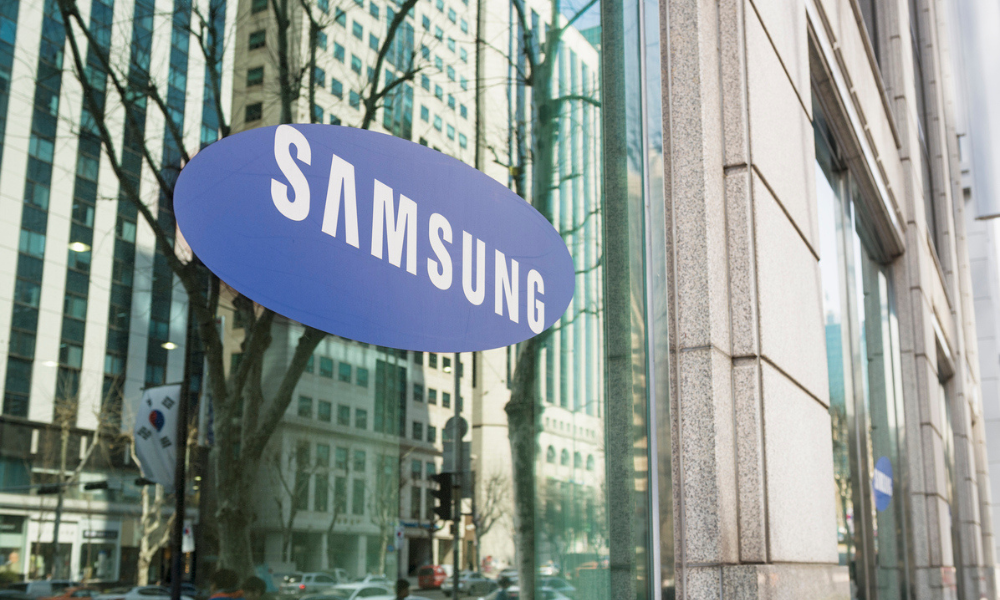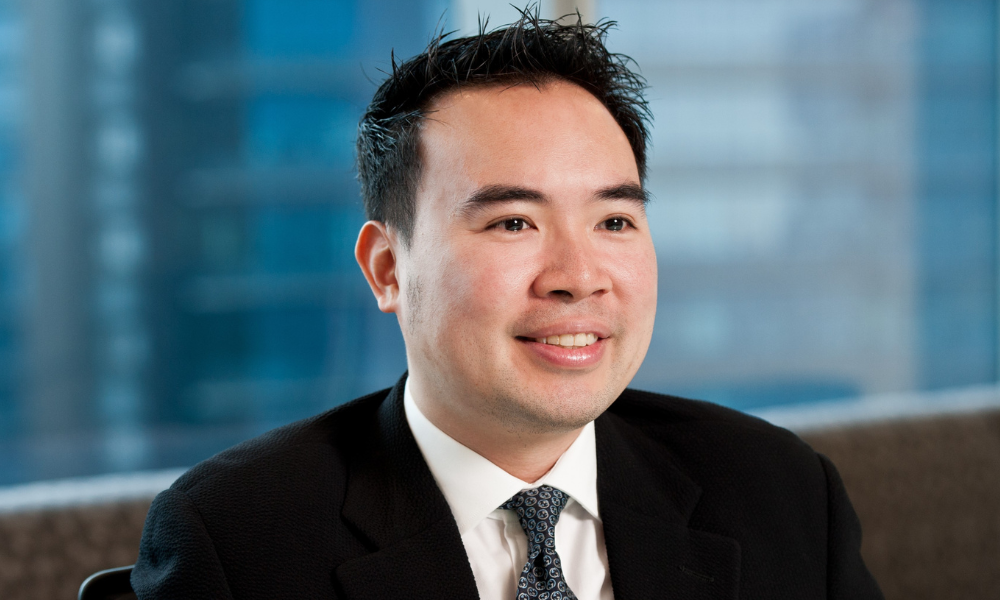HRD speaks to an HR professional who has first-hand experience handling suicide in the workplace
Early last week, a police officer took her own life at an Australian police station.
The leading senior constable’s death was one of a string of police suicides; according to Fairfax Media, more than 40 police officers have taken their own lives since 1990 in Victoria alone.
Speaking to HRD magazine, Gary Taylor – an HR director with personal experience in the aftermath of a workplace suicide – identified suicide and mental health as “a growing phenomenon”.
“Although global suicide numbers are relatively small, suicide is considered the leading cause of violent death in many countries,” he said.
In Singapore, a total of 415 people took their own lives in 2014. Seventy per cent of these were males with the total number of male suicides increasing by 29% from 2004 to 2014.
“The reasons for suicide are complex, no matter where they take place,” said Christine Montier, CMO of the American Foundation for Suicide Prevention. “Usually, many factors are at play.”
What can HR do?
Taylor suggested that HR put a preventative strategy in place, which should:
“I have personally had to handle two such incidents,” said Taylor. “No one really prepares you for:
Japanese government unveils plan to reduce work-related suicide
Dealing with death in the workplace
US shooter was told by HR to seek psychological help
The leading senior constable’s death was one of a string of police suicides; according to Fairfax Media, more than 40 police officers have taken their own lives since 1990 in Victoria alone.
Speaking to HRD magazine, Gary Taylor – an HR director with personal experience in the aftermath of a workplace suicide – identified suicide and mental health as “a growing phenomenon”.
“Although global suicide numbers are relatively small, suicide is considered the leading cause of violent death in many countries,” he said.
In Singapore, a total of 415 people took their own lives in 2014. Seventy per cent of these were males with the total number of male suicides increasing by 29% from 2004 to 2014.
“The reasons for suicide are complex, no matter where they take place,” said Christine Montier, CMO of the American Foundation for Suicide Prevention. “Usually, many factors are at play.”
What can HR do?
Taylor suggested that HR put a preventative strategy in place, which should:
- Promote awareness, particularly among colleagues; there are several ‘telltale’ symptoms of depression and suicidal behaviour that can be detected by untrained co-workers who have been made aware of what to look out for.
For example, one ‘telltale’ sign is talking repeatedly about death, exhibiting withdrawal behaviour, and/or rage. While employers don’t want to foster a ‘whisper culture’, an awareness campaign can form a practical component of a ‘we care’ philosophy.
- Promote resources for suicidal employees. These allow those affected to share their situation with trained counsellors, even if only by phone.
Most employee assistance programs (EAPs) have a hotline, if not resources for face-to-face counselling. These hotlines can help to ‘talk down’ a suicidal individual and provide helpful coping tools.
- Facilitate referral to professionals. If an EAP is not affordable, HR staff can facilitate appropriate access to professionals, and advise on health insurance funding options for treatment.
Confidence is paramount, but can be assured. The help of organised labour can be an important step in gaining credentials for this strategy.
“I have personally had to handle two such incidents,” said Taylor. “No one really prepares you for:
- The reactions of colleagues who knew the individual personally
- The disruption and trauma of having forensic teams onsite
- The protocol for touching, covering or moving a body which is in sight of many people
- The press wanting to release the name of the individual before you have notified the next of kin
- What a suicide at work (and the way you respond) says about your company culture.”
Japanese government unveils plan to reduce work-related suicide
Dealing with death in the workplace
US shooter was told by HR to seek psychological help





